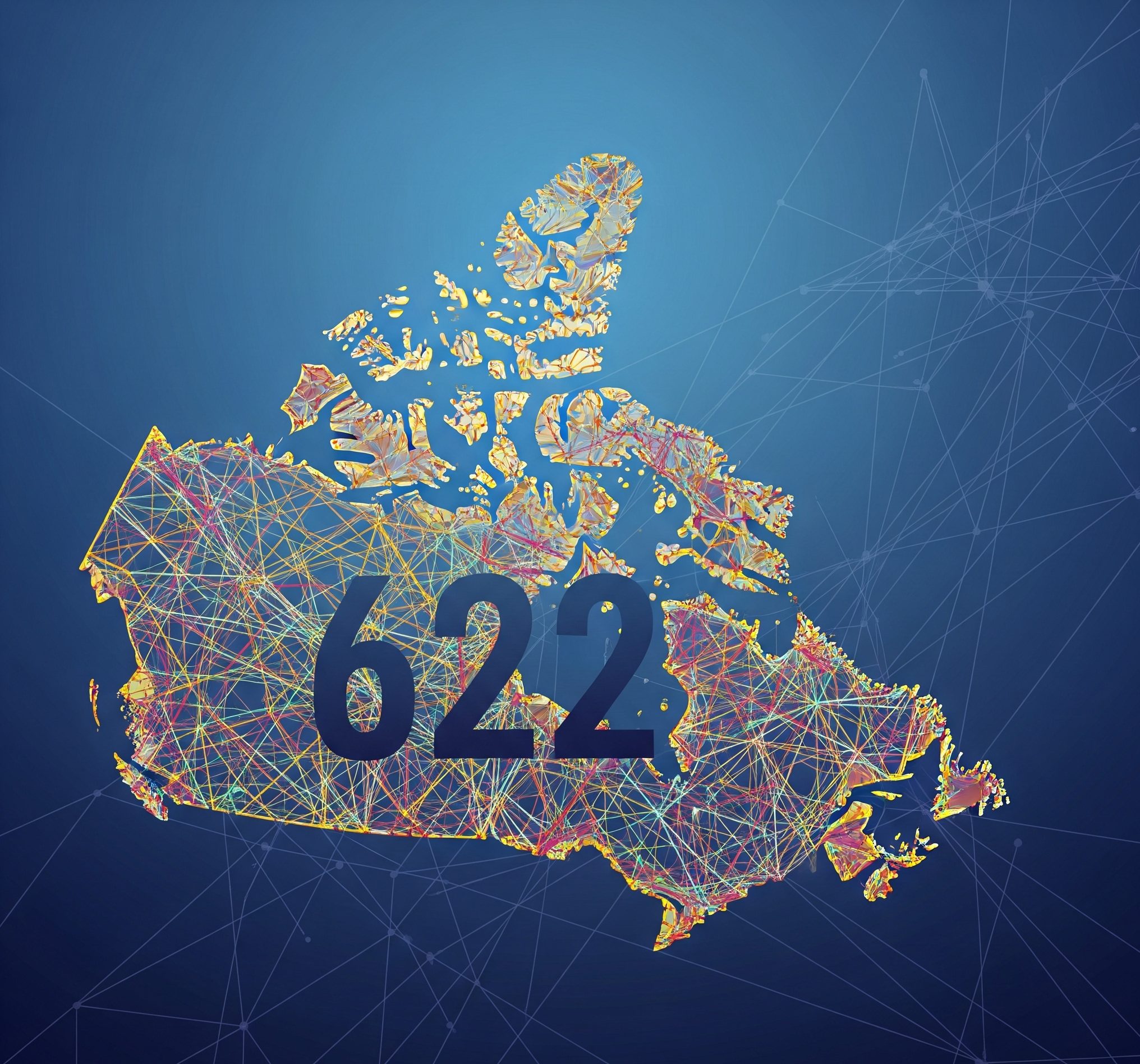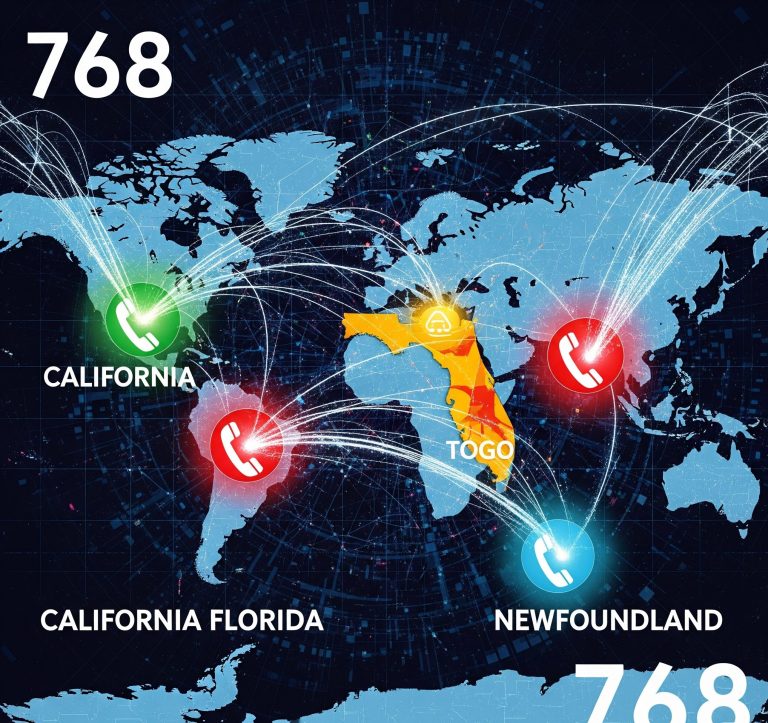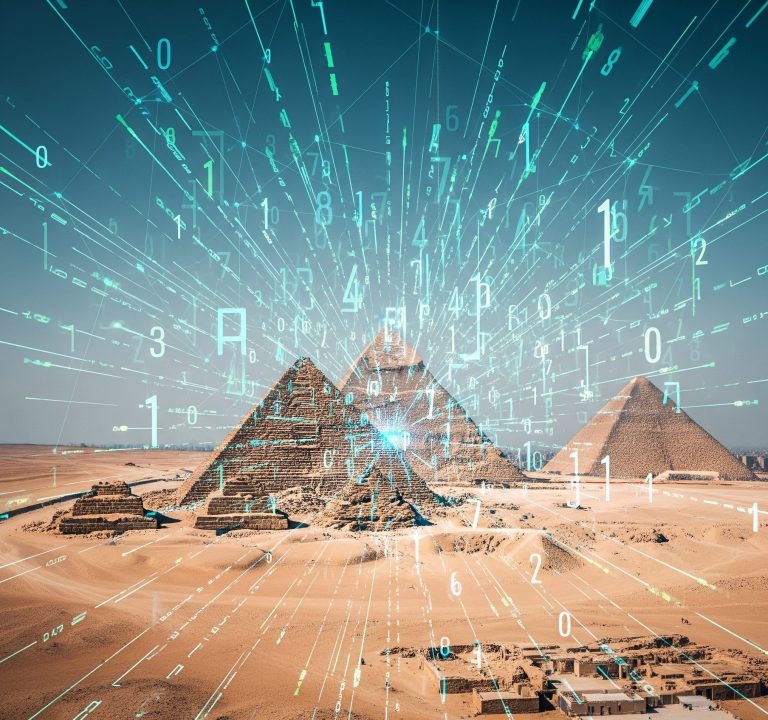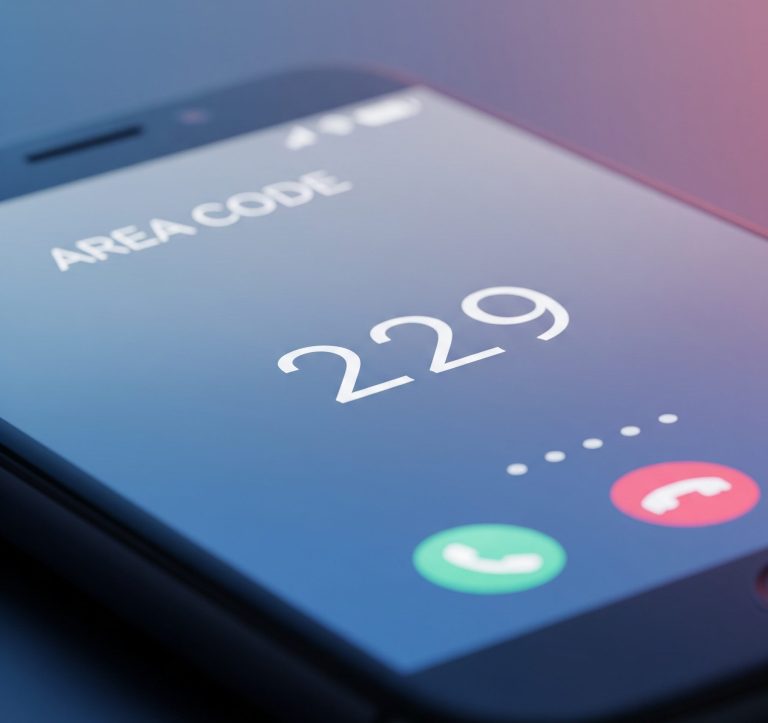In an age of constant communication, most Americans are familiar with the three-digit area codes that route their calls from coast to coast. From the iconic 212 of New York City to the sun-drenched 310 of Los Angeles, these numerical prefixes are an integral part of our digital landscape. However, from time to time, a number appears that defies our conventional understanding. One such enigma is the 622 area code. If you’ve ever encountered this prefix and found yourself searching for its location on a map of the United States, you’re not alone. The truth behind the 622 area code is more complex and fascinating than a simple geographical designation.
This article will unravel the mystery of the 622 area code, exploring its unique status within the North American Numbering Plan (NANP) and explaining why you won’t find it assigned to any city or state in the U.S. We will delve into the world of non-geographic area codes, the special services they represent, and what the existence of a code like 622 area code signifies for the future of telecommunications.
Contents
Deconstructing the North American Numbering Plan
To understand the peculiarity of the 622 area code, it’s essential to first grasp the fundamentals of the North American Numbering Plan. Established in 1947 by AT&T and Bell Laboratories, the NANP is an integrated telephone numbering plan that serves 20 countries in North America and the Caribbean. This system, which includes the United States, Canada, and several island nations, allows for seamless direct dialing between participating countries.
The most recognizable feature of the NANP is the use of three-digit area codes, officially known as Numbering Plan Areas (NPAs). Traditionally, these codes were assigned to specific geographic regions. The initial distribution of area codes in the mid-20th century was based on population density, with major metropolitan areas receiving easily recognizable codes. As the demand for telephone numbers skyrocketed with the advent of fax machines, pagers, and eventually mobile phones and internet connections, the original system of single area codes per region became insufficient. This led to the introduction of overlay area codes, where multiple codes serve the same geographic area, and the more intricate system of number allocation we see today.
The Rise of Non-Geographic Area Codes
While the vast majority of area codes correspond to a physical location, the evolution of telecommunications has necessitated the creation of non-geographic area codes. These special codes are not tied to a particular city, state, or province. Instead, they are used for specific services that are not location-dependent.
Think of them as the virtual neighborhoods of the telephone network. While a call to a 212 number is heading to a device in New York City, a call to a non-geographic area code could be routed to a satellite phone, a data line, or a specialized communication service that operates across a wide area or has no fixed physical address.
This is where the 622 area code enters the picture. The 622 area code is a non-geographic area code designated for special telecommunication services. Contrary to what one might assume, it is not an American area code. Instead, it is designated for use within Canada for services that are not tied to a specific province or city.
Unpacking the Purpose of the 622 Area Code
The 622 area code was officially put into service on March 23, 2015. Its creation was a response to the growing need for numbers for specialized services that operate on a national level. These can include:
- Satellite Telephony: For individuals and industries operating in remote areas without access to traditional cellular or landline networks, satellite phones are a critical lifeline. The 622 area code can be used to assign numbers to these devices, allowing them to be reached regardless of their physical location.
- ISDN (Integrated Services Digital Network): Although less common today with the prevalence of broadband internet, ISDN is a set of communication standards for simultaneous digital transmission of voice, video, data, and other network services over the traditional circuits of the public switched telephone network. The 622 area code could have been intended to support such specialized data services.
- Machine-to-Machine (M2M) Communication: The Internet of Things (IoT) has led to an explosion of connected devices, from smart meters to industrial sensors. These devices often need their own unique identifiers for communication, and non-geographic area codes like the 622 area code can provide a pool of numbers for such applications.
The designation of the 622 area code as an “easily recognizable code” is also significant. In the NANP, codes where the second and third digits are the same (e.g., 322, 433, 544) are often reserved for special purposes. This helps in the routing of calls and distinguishes them from standard geographic numbers.
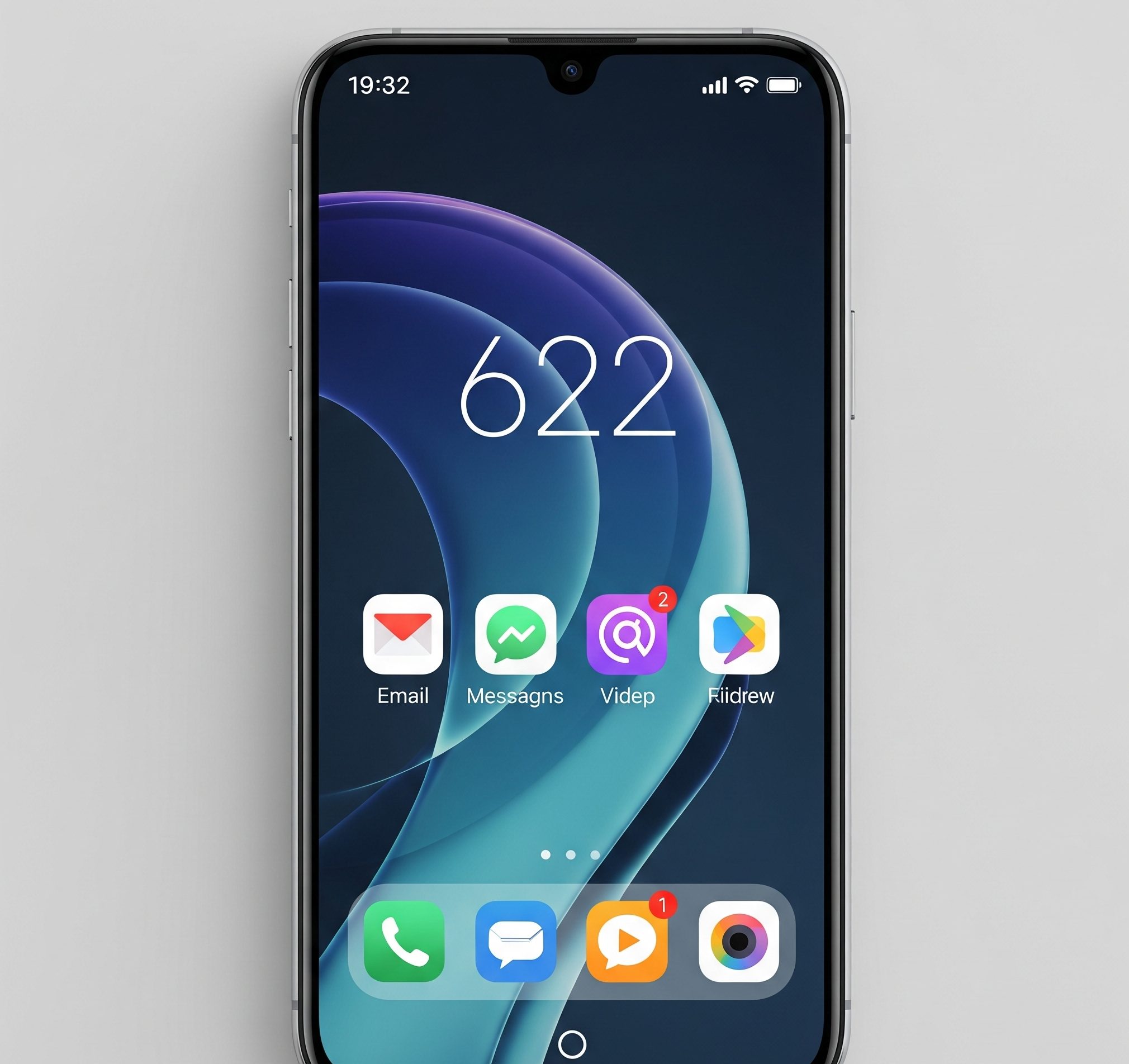
Why Would an American Encounter the 622 Area Code?
Given that the 622 area code is a Canadian designation, you might wonder why an American would ever come across it. There are several plausible scenarios:
- Business Communications: If you work for a company that has operations in Canada or partners with Canadian businesses, you might encounter a 622 area code number for a specialized service or a contact who uses a satellite phone.
- Roaming and Travel: While traveling in remote parts of North America, particularly in Canada, you might encounter devices or services that utilize the 622 area code.
- Telecommunications and IT Professionals: Individuals working in the telecommunications or information technology sectors may come across the 622 area code in technical documentation, during network configurations, or when dealing with international numbering plans.
- Simple Curiosity or Mistake: It’s also possible to stumble upon the 622 area code through a simple web search, a misdialed number, or an entry in a contact list.
The Future of Area Codes: Beyond Geography
The existence of the 622 area code and other non-geographic codes highlights a broader trend in telecommunications: the gradual decoupling of phone numbers from physical locations. As our communication methods become more diverse and mobile, the need for flexible and non-geographically bound numbering solutions will only increase.
We are already seeing this shift with the rise of Voice over IP (VoIP) services, which allow users to have a phone number from one area code while living in another. The concept of a “virtual” phone number is becoming increasingly common for businesses and individuals who want to establish a presence in a particular market without having a physical office there.
The 622 area code, therefore, is more than just a curious anomaly in the North American Numbering Plan. It is a harbinger of a future where our digital identities are not necessarily tied to our physical addresses. As technology continues to evolve, we can expect to see more innovative uses of the numbering plan, with new area codes and prefixes being introduced to support services that we can only begin to imagine today.
conclusion
while you won’t find the 622 area code on a map of the United States, its story is a compelling chapter in the ongoing evolution of how we connect with one another. It serves as a reminder that the intricate web of numbers that underpins our modern communication systems is constantly adapting to meet the demands of a world that is more interconnected and less defined by geographical boundaries than ever before.

